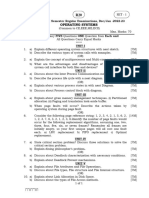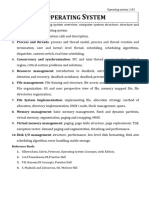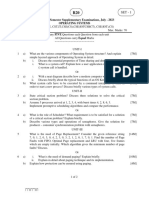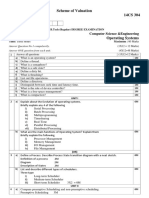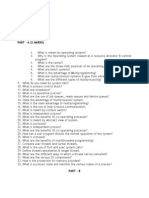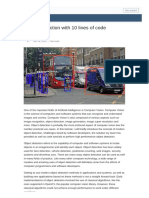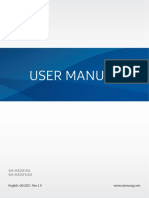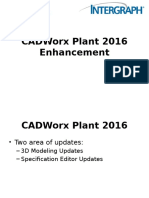0% found this document useful (0 votes)
27 views5 pagesSample Questions
The document outlines a comprehensive curriculum for an operating systems course, divided into five units with various topics. Each unit contains both 2-mark and 10-mark questions covering fundamental concepts such as operating system types, process management, synchronization, memory management, and file systems. The questions are designed to test understanding, application, and analysis of operating system principles.
Uploaded by
harshathyadiCopyright
© © All Rights Reserved
We take content rights seriously. If you suspect this is your content, claim it here.
Available Formats
Download as DOCX, PDF, TXT or read online on Scribd
0% found this document useful (0 votes)
27 views5 pagesSample Questions
The document outlines a comprehensive curriculum for an operating systems course, divided into five units with various topics. Each unit contains both 2-mark and 10-mark questions covering fundamental concepts such as operating system types, process management, synchronization, memory management, and file systems. The questions are designed to test understanding, application, and analysis of operating system principles.
Uploaded by
harshathyadiCopyright
© © All Rights Reserved
We take content rights seriously. If you suspect this is your content, claim it here.
Available Formats
Download as DOCX, PDF, TXT or read online on Scribd
/ 5







